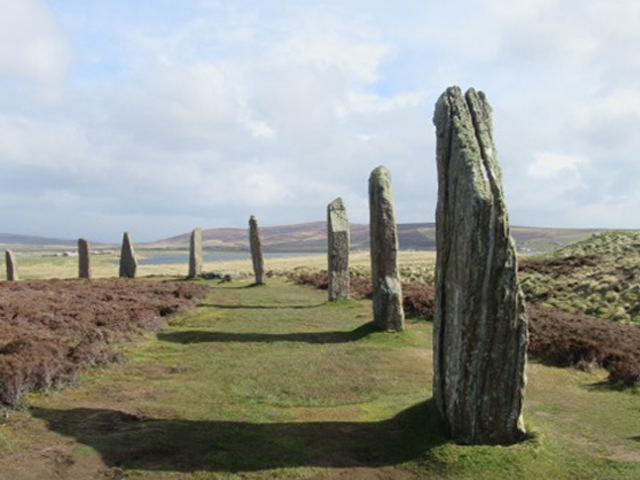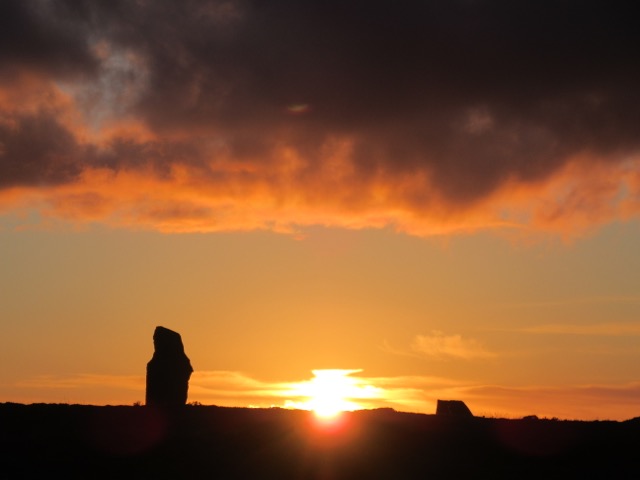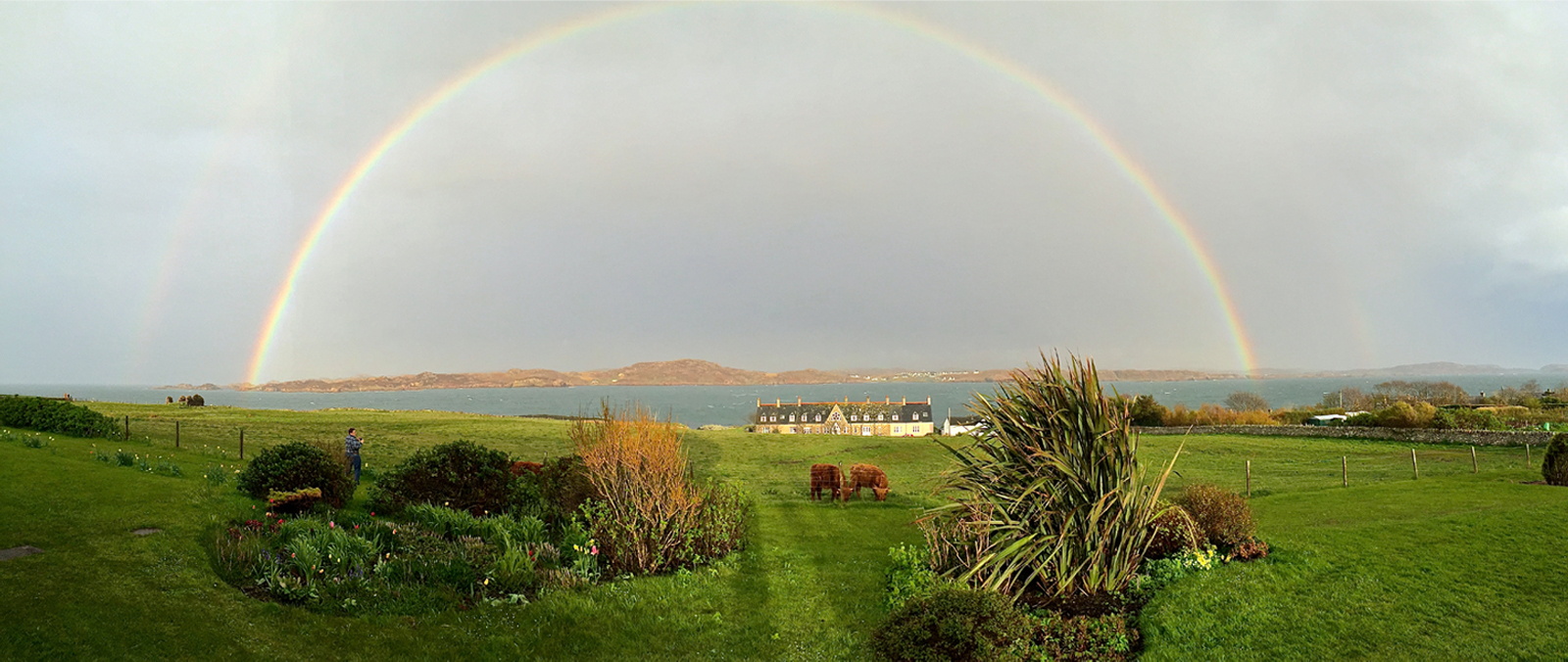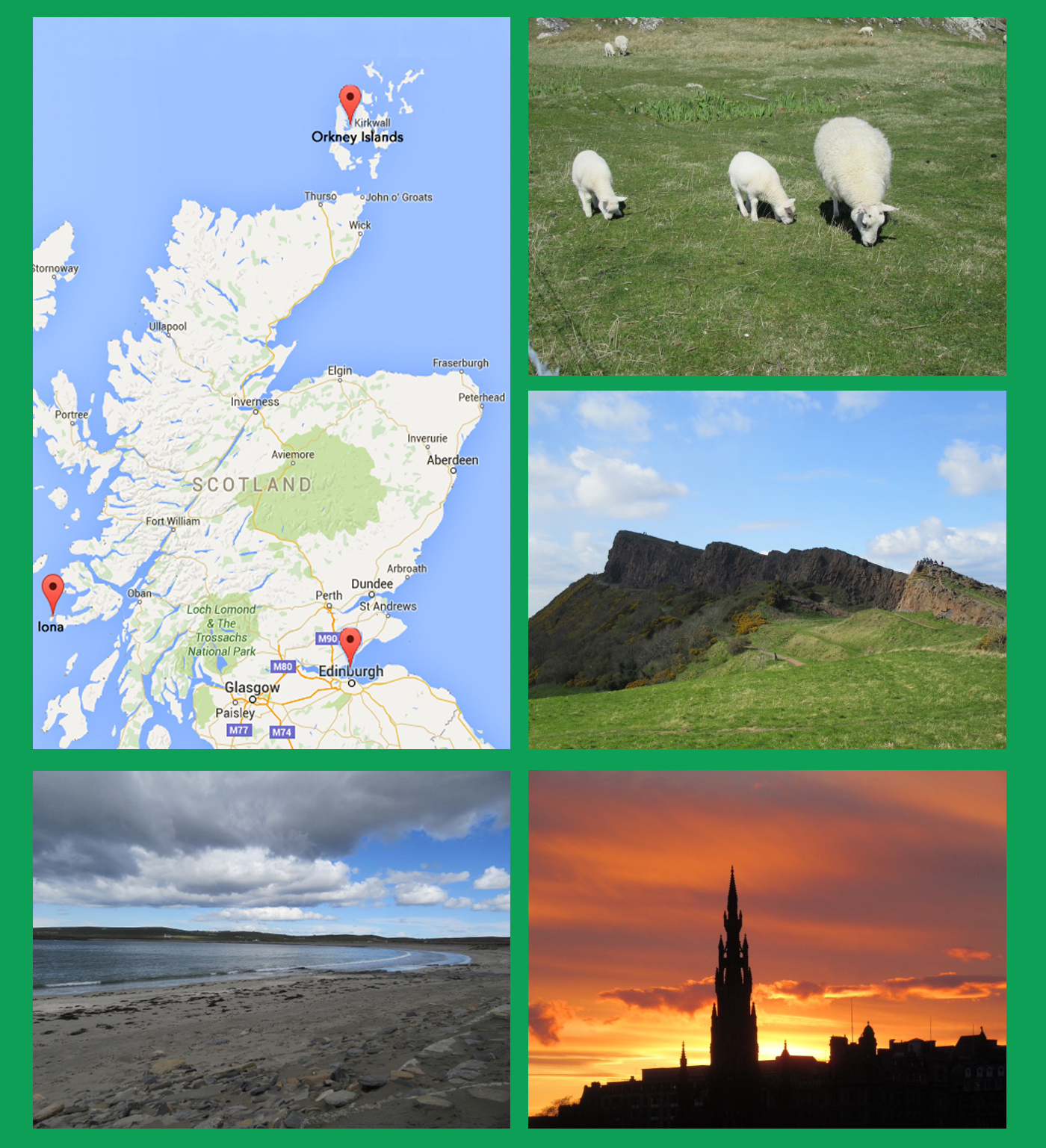
The Abbey of Iona
“Behind your image, below your words, above your thoughts, the silence of another world waits.” John O’Donohue, Anam Cara: A Book of Celtic Wisdom
Last May, I joined a group of pilgrims from the Washington National Cathedral to spend a week on the holy Isle of Iona off the west coast of Scotland. I wished to experience silence and listen to the stillness.
After spending 20 years as a community activist and leader in government and business, I had a strange and beautiful experience that opened new worlds to me. I was doing a meditation when I had a vision of my father on his knees, asking me to forgive him for committing suicide 23 years before.
My third eye opened, and from that time I have been able to talk with individual spirits and communities of spirits in this world and “on the other side.” I have sought understanding, healing and compassion for myself and others. This spiritual journey continues.
During the week on Iona, we walked the island, participated in ecumenical services in the abbey and discussed the meaning and history of Celtic spirituality. I also spent time alone in prayer and meditation, sitting in nature. I listened to the wind howling, the waves crashing, and watched the sun glimmering on the ocean. The very air I breathed was holy, carrying the resonance of 2000 years of prayer by Druids, Celts and Christians.
Here are some journal notes:
Sunday, May 1: Sitting in the hotel’s quiet garden, I feel the leaves on the trees sprouting; the flowers bursting forth with their blossoms, and I hear the chickadees chirping. Surrounded by nature, I feel enlivened, connected and hear the small voice within: “Be still and open to God.”

Quiet Garden, Iona
Monday, May 2: I walk to the middle of the island to meditate in a circle of stone, called the Hermit Cell. In the late 500s, St. Columba (521-597) prayed there regularly. St. Columba was a monk who left Ireland and settled in Iona in 563. There, he founded and led a monastery on Iona for many years and from this base he evangelized parts of modern day Scotland and northwest England.
With the wind blowing, I enter the circle, sit quietly and listen.
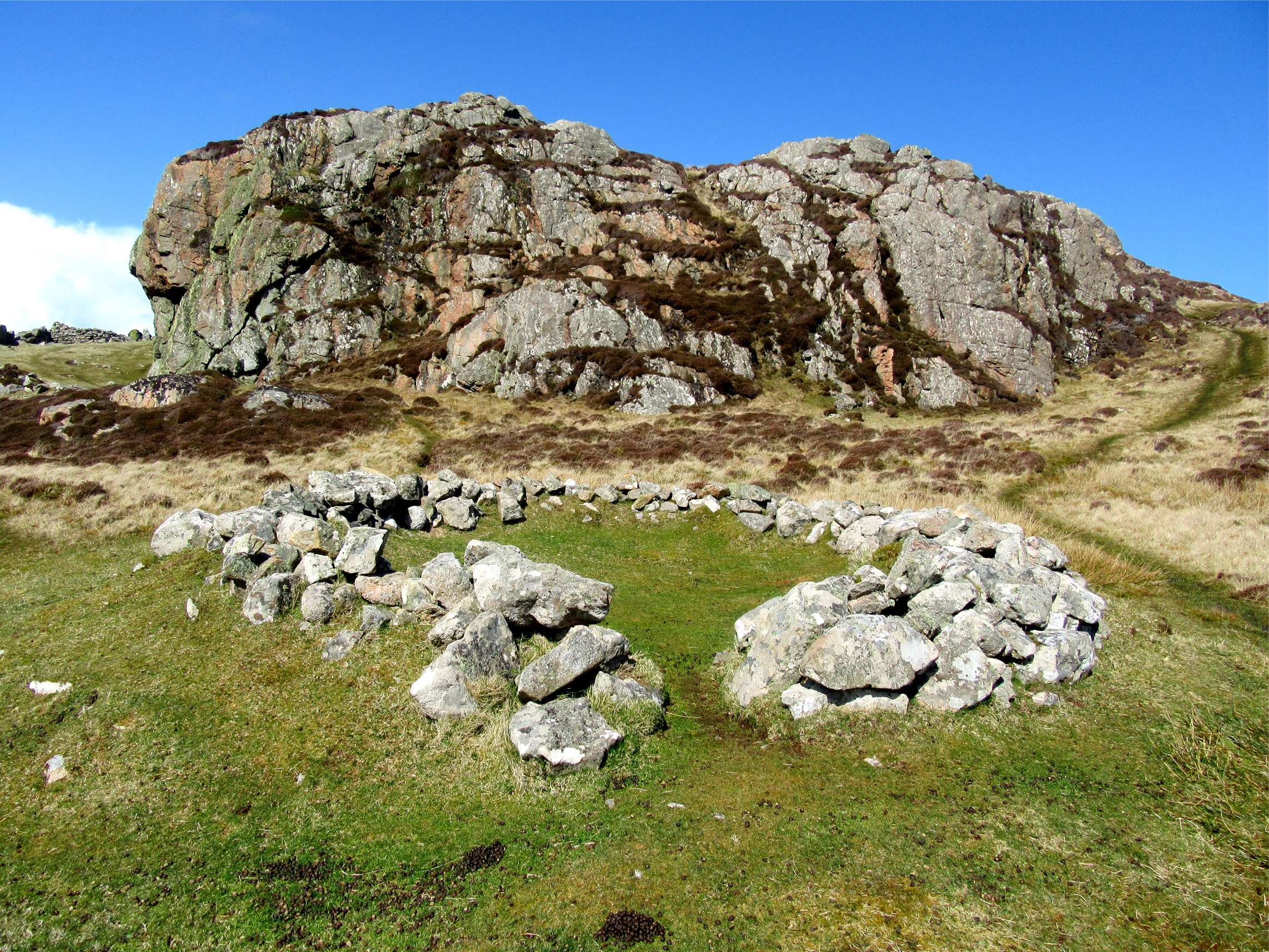
Hermit Cell, Iona
Wednesday, May 4: We walk across Iona and when we reach St. Columba’s Bay, I stop and sit on a boulder by the water’s edge. The sunlight is shining on the ocean and the waves crash and retreat. The wind whistles past my ears; I listen to the stones tumbling across the sand, and the seagulls chat with each other as they dart back and forth. I feel exhilarated and peaceful.

St. Columba’s Bay, Iona
As I leave, I walk the stone labyrinth in silence. Sheep graze on the land nearby. The wind still howls in my ears.
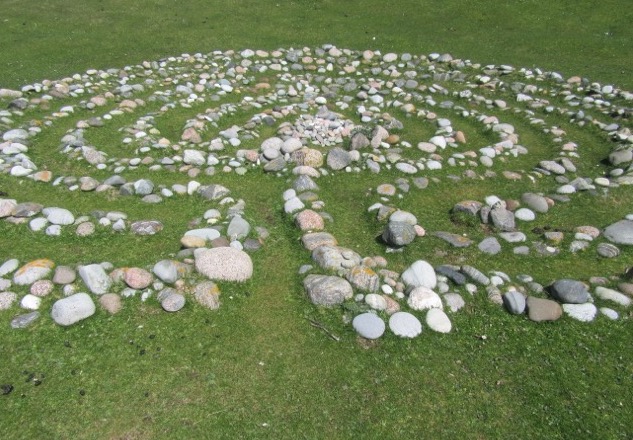
Labyrinth, Iona
Friday, May 6: My last day, I speak with a familiar spirit who fills me with love. After long travels, she tells me she has decided to remain home in Iona. I ask: why? She responds:
“I draw strength here, strength from the wind, the sea, the smell of the kelp. It is wild here, untamed and splendidly raw. Feel the elements yourself. The birds fly on my currents. I tousle the water and create waves. I send them crashing against the rocks and create great plumes of salt water. Nature is raw here. I am home.”
I, too, feel at home. Iona is holy, communal, and intimate. I am grateful to share this journey with my fellow pilgrims.

Bay at the Back of the Ocean, Iona
© Susan Beilby Magee, 2015. All Rights Reserved.
